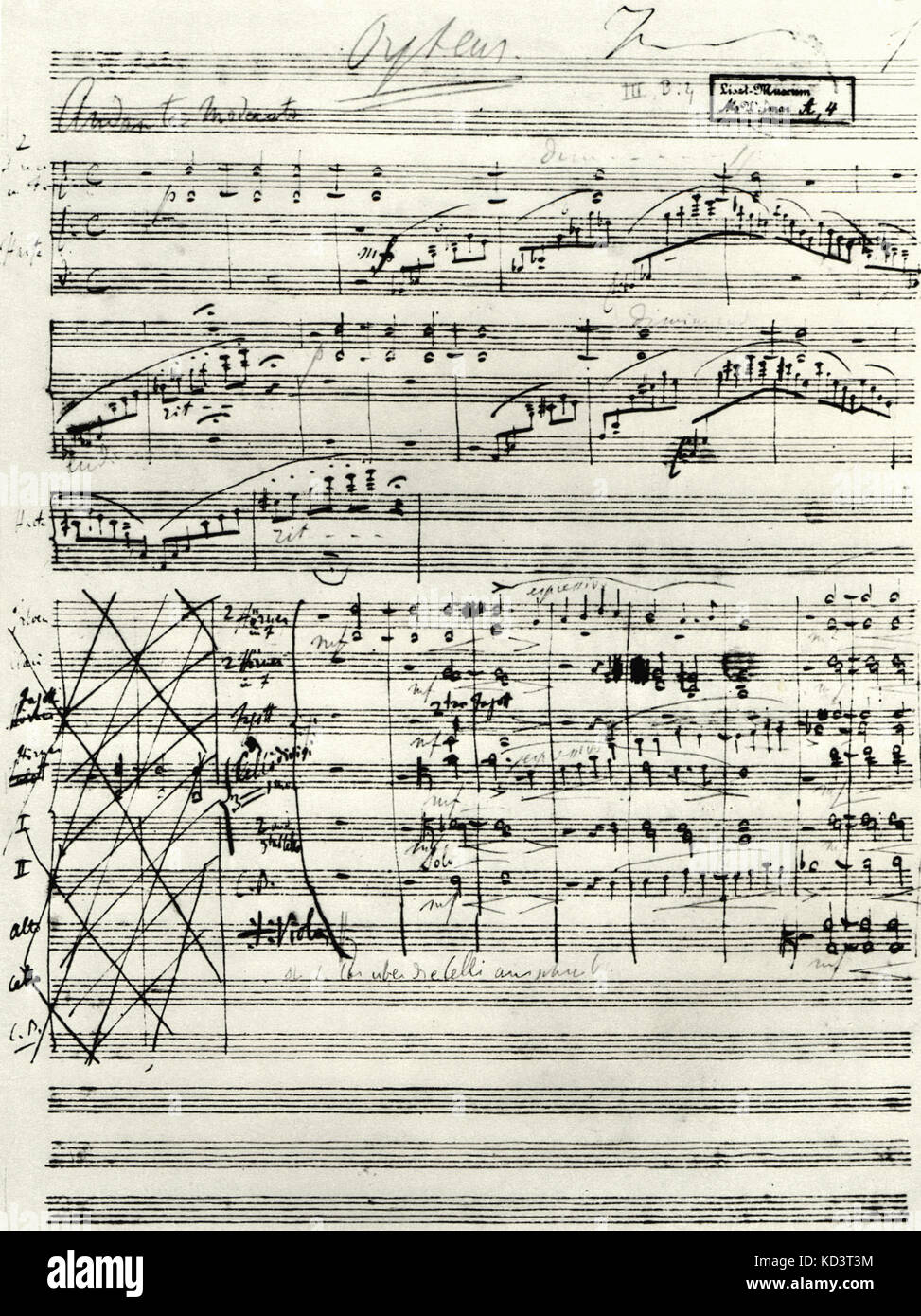

Central to my interpretation of this legend is the idea of tension: Mazeppa is physically bound but mentally free. Over the course of the nineteenth-century, Mazeppa came to symbolize the heroic suffering of the genius. His legend became solidified through the writings of Voltaire and, especially, Lord Byron. Yet in western Europe, Mazeppa was known for his legendary ride across the steppes of the Ukraine. Mazeppa was a Cossack Hetman known for switching his allegiance to Peter the Great. In chapter four, I introduce “the” historic Mazeppa to contrast it to the legend that grew around him. Chapters four and five examine doubleness in the popular Mazeppa legend.

This close reading provides an interpretation that emphasizes the tension between suffering, triumph, and heroic legacy. My close reading of the preface guides my analysis of Tasso, where I focus on the tension that exists through form, harmony, thematic material and motive gestures. I provide a close reading of the accompanying preface, which outlines the same tensions other writers of the period identify. Chapter three builds upon my discussion in chapter two and offers an interpretation of Liszt’s symphonic poem. I then take these double relationships and show how Goethe and Byron portray the pitfalls and strengths of existing with such tension. He is a genius: both weak and exhibiting joy and melancholy. Chapter two considers the biographies of Tasso that emphasize the tension in his character. While Tasso’s poetry remained important-and relevant from the Renaissance to the nineteenth century and beyond-the myth surrounding his suffering, incarceration, and posthumous recognition became a potent theme to Romantic artists. Chapters two and three centre on the tension in Romantic-era reimagining(s) of Torquato Tasso’s legend. I show that the men who were considered great and heroic during the Romantic era often exhibit traits of passive suffering, a concept that also relates to perceptions of the creative genius and his relationship to the whims of inspiration. Chapter one continues with the idea of doubleness by closely examining how tensions exist in discourses of masculinity and genius. I then relate this to Liszt’s writings on program music, which emphasize the need for both formalist musical structures (e.g., form, thematic material, harmony) and extra-musical content.

I specifically adopt from this theoretical framework the idea that tensions and contradictions retain power by remaining unresolved. This discussion leads to my methodological approach, which draws from Lydia Goehr’s concept of doubleness. In the introduction, I contextualize my examination of how Liszt’s Tasso and Mazeppa emerged within the nineteenth-century debates over the meaning and merits of program music. Both compositions are based on historical figures whose lives were reimagined to emphasize the larger socio-cultural meanings of what it means to be a man, a hero, and a genius in the Romantic era. Franz Liszt’s symphonic poems Tasso: Lamento e Trionfo and Mazeppa portray expressions of heroic masculinity and creative genius in the nineteenth century.


 0 kommentar(er)
0 kommentar(er)
